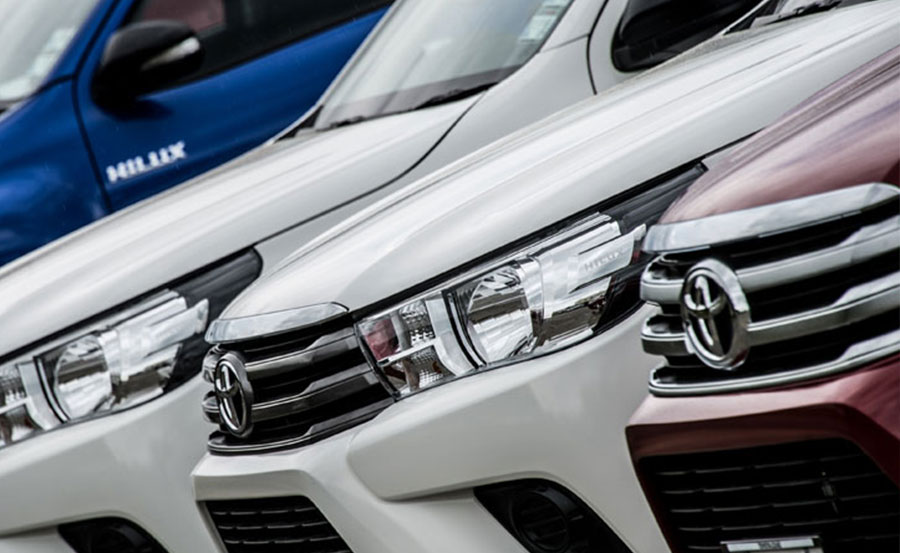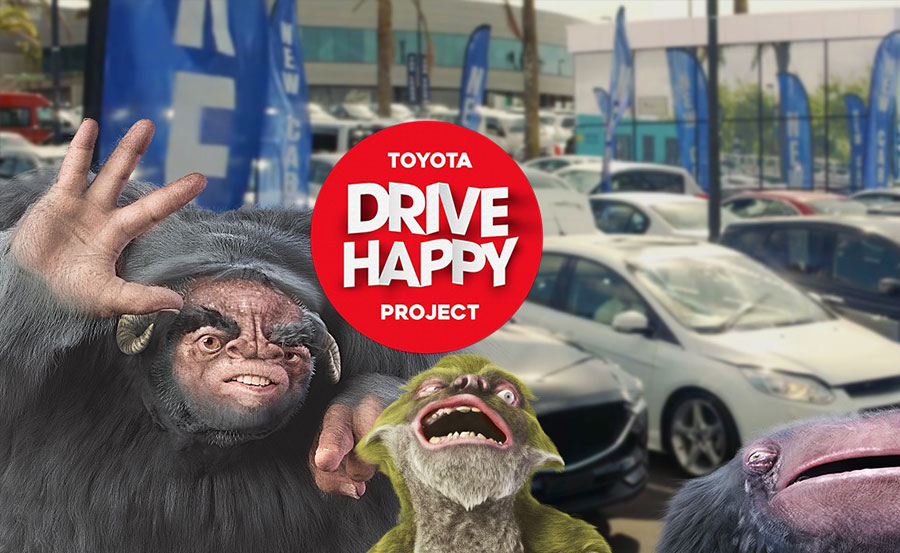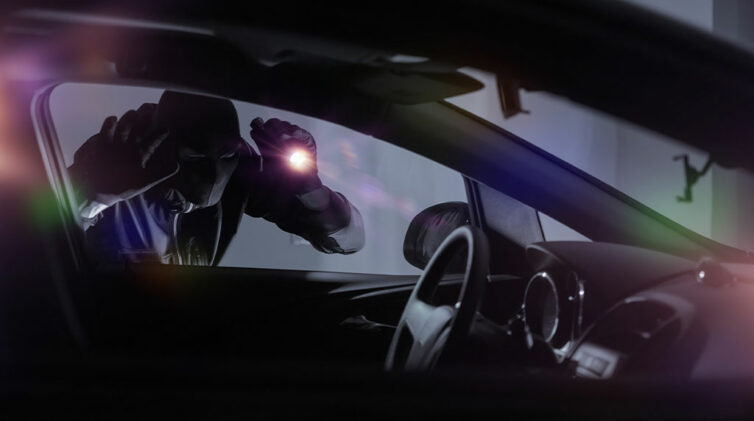One unhappy dealer told GoAutoNews Premium that Toyota New Zealand’s new agency model, Drive Happy, makes dealers compete with the manufacturer for sales.
This has reduced profit by about 30 per cent, said the dealer who declined to be named.
“Toyota has about a 20 per cent market share in New Zealand but half of that is being sold by Toyota NZ,” he said.
“That gives the private dealers 10 per cent of the market.”
He said that before Drive Happy was introduced, Toyota sales were between 1400 and 1700 units.
“Immediately this dropped to 600 when Drive Happy was introduced. It is now running around 1100 or 1200 when it should be running at 1500 and 1700. That’s a lot of dollars.
“We have a controlled margin from Toyota now. Previously we were flexible on our margin depending on how much we gave away.”
But he said not all dealers were complaining about the Drive Happy program because it was easier to sell the product.
Toyota New Zealand’s managing director Alistair Davis said from Japan that he disputed the issue about changes to the direct-sale program.
“Toyota in New Zealand has sold vehicles directly to large corporate fleets, rental car companies and government bodies for more than 20 years,” he told GoAutoNews Premium.
“They constitute a significant proportion of sales. The process and ratio since we launched Drive Happy is basically unchanged, though introducing the program has made that a bit uneven.”
Mr Davis also said that Toyota sales in calendar 2018 to date are down “about one per cent” on the same period in 2017 “which is about the same as the market”.
“Initial sales volume was slow as we transitioned to the new business model (Drive Happy) so for the first-quarter store sales were lower and ‘direct fleet’ sales were higher,” he said.
“It is now largely back to traditional ratios. October sales are expected to be quite strong with the best result yet for retail stores,” Mr Davis said.
When interviewed last month by GoAutoNews Premium, Mr Davis said that unlike the dealer model, where dealers purchase the car and then attempt to navigate through all sorts of speed humps to hopefully make a profit on a new-car sales, the agency model sees Toyota owning the cars with dealers paid a fee from Toyota for selling the car.
“The fee is a dollar-base number – it is not a percentage of the vehicle price,” he said.

“There is no margin in the car anymore. They are now agents that are paid a fee for service.
“We have done a lot of modelling with our dealer network and I think that we and they are pretty confident that this will result in an improved return on investment for them.
“They will earn more per car under this arrangement than they were generating under the former dealer arrangement.”
One NZ Toyota dealer also expressed concern about the value of the goodwill of his business if he wanted to sell.
He believed that “you couldn’t give away a Toyota dealership at the moment until the new system is run for two or three years because everyone would be too scared to buy it”.
“We have seen lots of goodwill torn up. The dealer network may have had $50 million worth of goodwill involved that is now worth nothing.”
Mr Davis disagrees. He said that “to date, no stores have sold their business since Drive Happy, so the question is a bit hypothetical”.
“The real test is how profitable is the business since the change. If we exclude the transition period (that is, April and May), the retail profitability is quite strong, especially compared with competitor dealers, so I expect goodwill is unaffected.
“If anything it may have gone up as a prospective investor would be positive about Toyota making long-term changes to improve the customer experience.”
By Neil Dowling













 Read More: Related articles
Read More: Related articles

